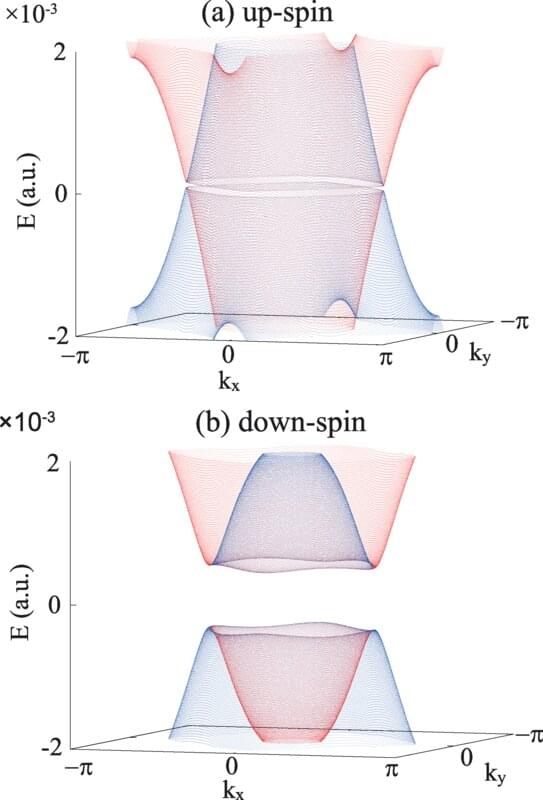Quantum computing looks like a world of imagination where we’ll be processing data beyond our thoughts. Many Industries are working to make a powerful Quantum computer that will solve all the issues. But what IBM has done is really something exceptional. They have developed the world’s first Quantum computer that will change history.
In a classical computer, data is stored and processed in bits, represented by either a zero or a one. But in quantum computers, qubits can not only be in a zero or one state but a superposition of both simultaneously: the more qubits, the more computing power, and the more possibilities. IBM’s quantum computer journey started with a 5-qubit quantum computer on the cloud called the Quantum Experience and led to the Eagle chip that began in 2016. Since then, the company has released a succession of chips with increasing numbers of qubits, all named after birds, each with its own set of technological challenges.
Watch How artificial Intelligence is changing the world:
https://www.youtube.com/watch?v=trhLQi9RuZ4&t.
#Quantumcomputer #Quantumcomputeribm





